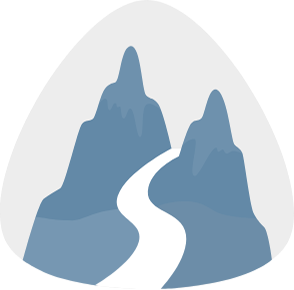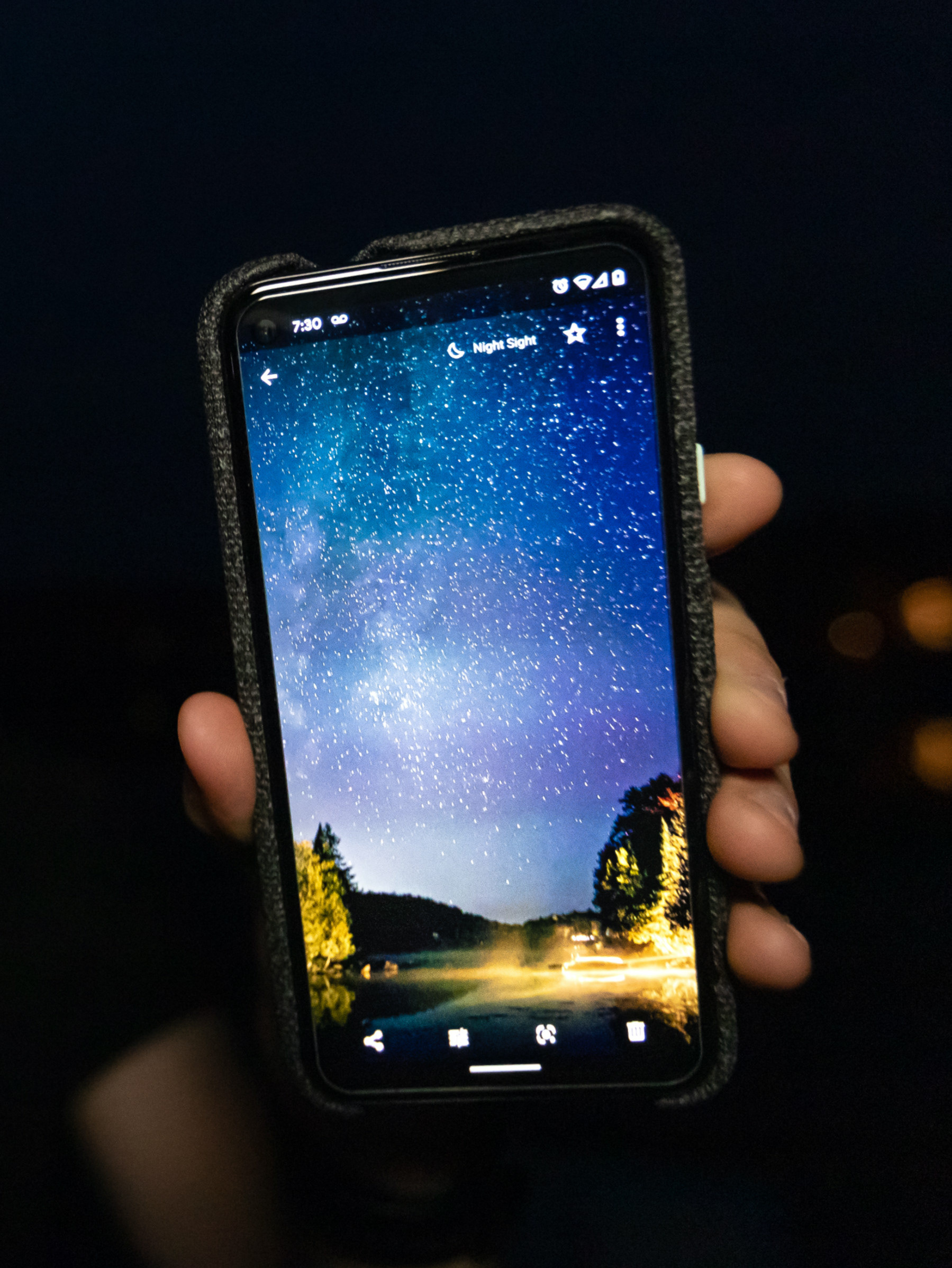Key points from the video
Weather and location
Selecting the right weather is essential when you want to go out to take picture of the starts (or the Milky Way) because you need to have a perfectly cloudless sky. Here is the checklist of thing to check before going out:
⊙ Is it a cloudless sky with no clouds? You can use your weather app for this.
⊙ How bright is the moon? I use PhotoPills for this.
⊙ Is it a dark sky location? The map from darksitefinder.com is the best free option.
⊙ Do you have a clear view of the sky? You want a clear opening of the sky to see the maximum of stars.
⊙ How bright is the moon? I use PhotoPills for this.
⊙ Is it a dark sky location? The map from darksitefinder.com is the best free option.
⊙ Do you have a clear view of the sky? You want a clear opening of the sky to see the maximum of stars.
Gear
Use the best gear you have. Another of my guides will be on using your smartphone to capture pictures of the stars so it's possible to start with only your phone and get pretty good results (especially if you have a Google Pixel phone!)
In general, you want gear that will allow you to have the maximum light inside of your sensor and capture the widest shot possible. My setup, which is pretty typical for astrophotography, is the following:
⊙ A full frame camera - Canon 6D Mk II
⊙ A fast and wide lens - Canon 16-35 mm f/2.8
⊙ A good tripod
⊙ A fast and wide lens - Canon 16-35 mm f/2.8
⊙ A good tripod
That's all you need a basic gear! More advanced gear includes an intervalometer, a lens warmer or a light pollution filter.
Settings
The app PhotoPills has a menu, call "Spot Stars" to determine the maximum shutter of your camera. What most people don't realize is that an exposure that is too long will create lines instead of perfectly round (and sharp) stars.
Your goal is to maximize the light so you will need to open your aperture to its maximum (smallest number), get as high as possible before the shutter speed is too long and find the best ISO.
On my Canon 6D Mk II, I usually use the following settings:
⊙ f/2.8 aperture
⊙15 seconds shutter speed
⊙ 800 - 3200 ISO
⊙15 seconds shutter speed
⊙ 800 - 3200 ISO
These setting will vary greatly depending on the camera you are using. The best way to determine the settings that works the best for you is to simply test, test and test again!
Important note!
Most people underestimate how cold it become during the night! Be sure to bring multiple layer of clothing to be prepared for harsh weather conditions.


